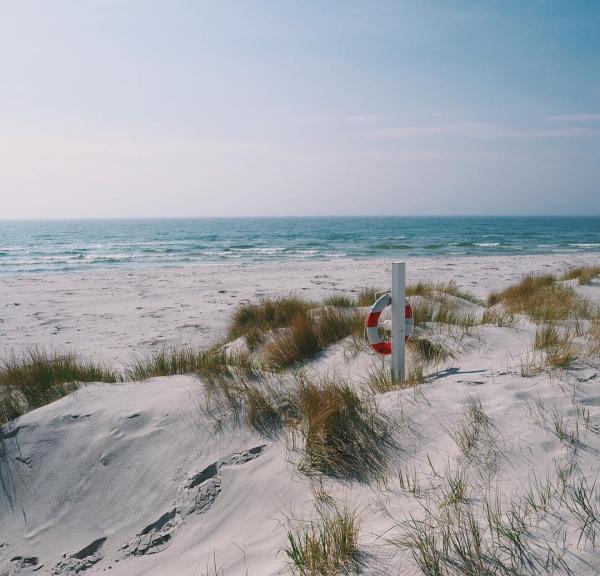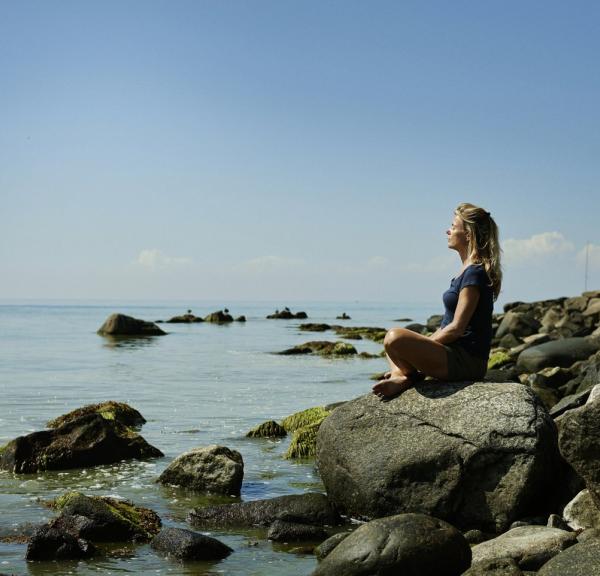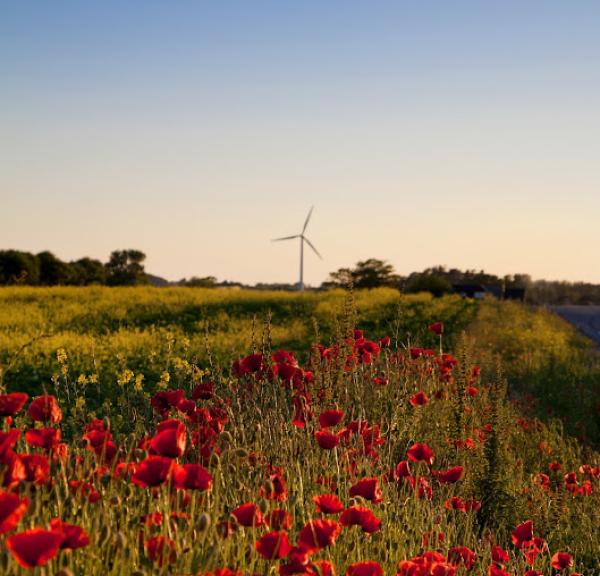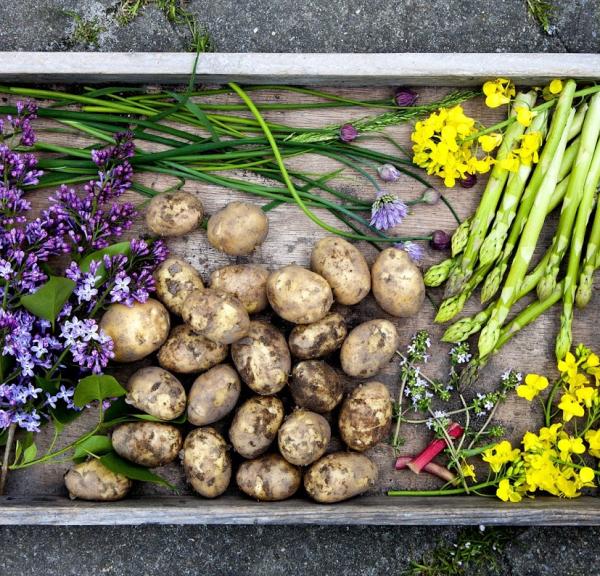The islands leading the way
Bornholm and Samsø are two of Denmark's best loved and most visited islands. In 2020, they were awarded the most sustainable islands in the EU. What are their secrets, and how can you enjoy them when you visit?


Bornholm and Samsø were awarded first and second place in 2020's RESponsible Island prize from the EU, which rewards islands at the forefront of renewable energy production and sustainable development with involvement from the local community.
How to enjoy green living on Bornholm
Denmark's sunniest spot, Bornholm is a rocky island in the Baltic Sea south of Sweden, reachable by ferry, train, bus or plane. It's known as a delightful place to visit because of its charming locals, organic produce and great food, not to mention its beaches and sunshine. Whether you explore its beaches, restaurants, harbours or hiking routes, you'll notice straight away that there's something special about this place.
Its sustainable vision is called Bright Green Island and reflects an ambition to be CO2 neutral by 2025 and to have a zero-emission and climate-friendly community by 2035, along with its work developing solar and wind power facilities (did we mention how sunny it is there?!). The combined hotel, restaurant and knowledge center Green Solutions House in the town of Rønne is among the island’s sustainable frontrunners and a great base for exploring the green island.


How to enjoy green living on Samsø
There's an easy answer to this one: just visit! Samsø is in the middle of Denmark, best reached by ferry from Zealand or Jutland. The island is completely self-sufficient and uses renewable energy from its 11 wind turbines to power local life. But more than that, it's a wonderful place for country walks, historic castles, Viking history and truly, some of Denmark's best potatoes. That's a big thing here.
If you want to know more about its sustainability aims, you can visit the Samsø’s Energy Academy, a hub for development of new, sustainable ideas and knowledge sharing. The academy hosts workshops and other events and each year, 5,000 scientists, politicians, journalists and students visit the island to learn from the local experiences.
Otherwise, just turn up and enjoy a dose of island living, safe in the knowledge that from the lightbulbs to the ferry crossing, everything here has sustainability at its heart.


